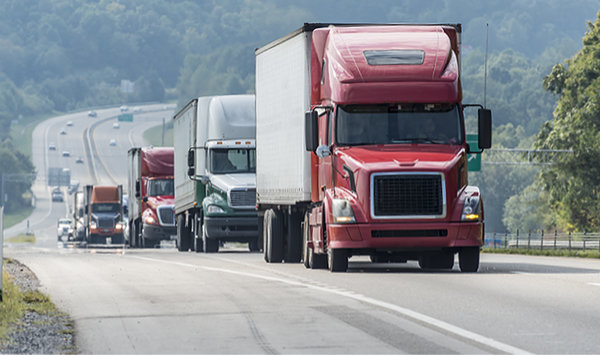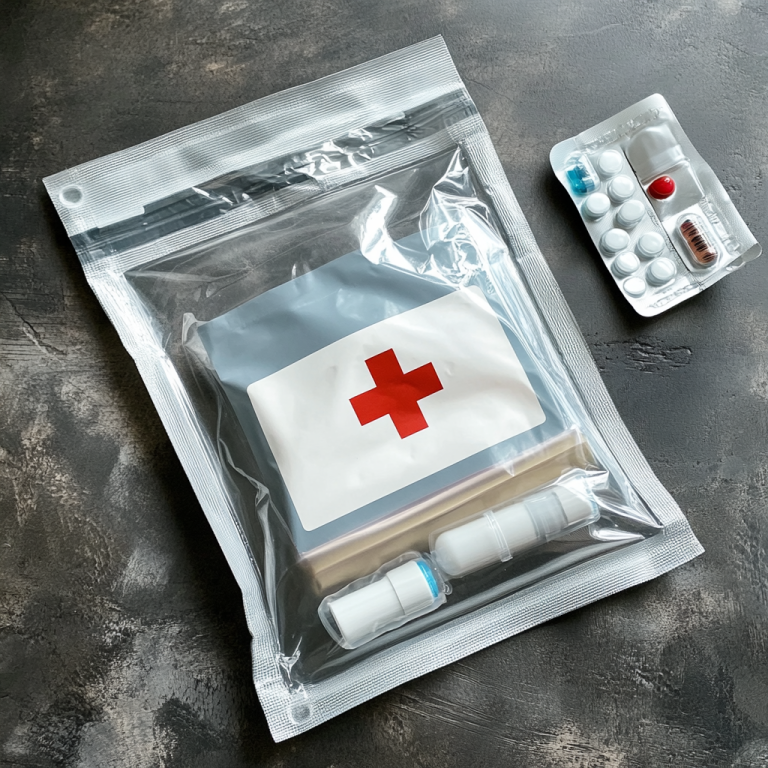How many missed meals away from anarchy? 9 meals is the general number commonly used to exemplify how close we are to anarchy and chaos – should it ever come to pass.
Food. We sure do take it for granted in the developed world. Always readily available, right? Heck, it can even be delivered right to your door.
Thinking and believing that food shortages could never happen is called normalcy bias. This, coupled with a lack of understanding about ‘just in time’ (JIT) distribution, people may not realize the extent of risk and dependence we have on the many systems that keep us fed and alive.
Remember Covid? Lock-downs, mandates, shortage of workers. This period of time was an example to us all – that we do live in a world of ‘just in time’ dependencies. There were plenty of shortages to go around..
Modern Agriculture. Food imports. Processing. Distribution. Everything is just in time. There is no extra capacity built in to handle problems. Under-supply can cause massive disruptions in the supply chain.
Before JIT, the system used to be fault-tolerant. That’s because agriculture was regional. Thousands of small farms in each region, so, problems in one region didn’t affect the rest of the country. People lived closer to the food so supply chains were not an issue either. Today? Not so much…
I bring up this topic to get you thinking. Think about the potential disruptions to your food supply. And do yourself a favor — think about worst case scenarios too.
How Many Missed Meals Before Hungry People Get Desperate?
9 Meals From Anarchy & Chaos
3, 6, or 9 meals away from anarchy & chaos? Two to three days without any food? Heck, one day and most people will get pretty darn cranky, right?
What happens after two days without food? Or three days of hunger? People will be pretty incredibly hungry and desperate to eat!
Imagine all of your neighbors in the same situation! Not good..
We in the modern world are so ridiculously spoiled when it comes to the availability of food. It really is a stunner to think about what might happen if the masses went without food for a day, or even two! Three? 9 meals from anarchy?
The fact is, we as a people literally rely on a well-stocked neighborhood grocery store to keep us alive. That, in and of itself, is motivation enough for me to supplement my food sources! And, to have a reserve supply…
Try this. Don’t eat any food for a day. Tell me how you feel. Now imagine three days straight, or nine missed meals. Then magnify that by lots of people around you.
So let that sink in. Food. Think about how many people eat three meals (or more!) a day here in the United States. A population of 335 million. That’s about 1 Billion meals a day. And that doesn’t count dessert! Where does all that food come from?
Did you know that approximately 80% of people in the United States live in urban regions or clusters?
“Rural areas cover 97 percent of the nation’s land area, but contain 19.3 percent of the population (about 60 million people),” according to data from the Census Bureau.
Lots and lots of food comes from outside your local region

You might say that the food for ~ 270 million people living in urban/suburban regions of the United States comes from outside their regions. But it’s worse than that…
People living in rural America shop at big chain grocery stores too. And that food is likely coming from regions outside of where they live too.
Did you know that grocery stores in general, resupply on an approximate 72 hour rolling schedule? In other words, if the trucks stopped coming, and if there were a public panic situation, those shelves would empty mighty quick.
Food Supply just-in-time Inter-dependencies
All of this factors in to being “9 meals away from anarchy”.

Food supply chain systems (supply and distribution) are combinations of activities and interrelationships which include:
- production
- handling
- storage
- transportation
- processing
- packaging
- wholesale
- retail
- etc..
These functions (and many additional sub-functions) enable cities, urban areas and suburbia (basically ‘everyone’) to meet their food requirements. Each of these activities (functions) are performed by different ‘players’, and they include:
- farmers
- producers
- assemblers
- importers
- transporters
- truckers
- wholesalers
- retailers
- processors
- shopkeepers
- vendors
- storage providers
- credit providers
- ports
- packaging suppliers
- etc..
Every step in the food supply chain also has its own infrastructure needs
Each of these ‘players’ need their own infrastructure, facilities, employees, and services.
Every step of the food supply chain requires human resources and ‘natural resources’.
The overall ‘system’ is such that each element within it influences other elements – a sort of ’cause and effect’ and reciprocal relationships.
Consumers ‘pull’ their food demand through the supply chain while food producers and food processors ‘push’ food through the chain.
To complicate these systems further is the current methodology of ‘just in time’ (JIT) which minimizes or eliminates the need for inventory build-up along the many stages of the chain. In other words, very little warehousing – just enough to keep the system working smoothly.
Each of the elements within the chain have their own just-in-time functionality whereby their actions are based on forecast models which may affect their portion of the chain.
Things like demand (obviously), profit motives (obviously), season, past history, availability, potential deviations, etc..
As you can begin to see, there’s quite a bit that happens behind the scenes to get food from the farm to your table. And I haven’t even attempted to break down the individual elements to show even more levels within levels…
How Many Days Of Food Are In The System Supply Chain?

So, after all that, the question remains “How much food supply is within the system?”
The answer is, just enough to keep the entire food supply chain (chains – lots more than ‘one’) flowing smoothly.
When you realize that there is little or no warehousing, you might say “What you see is what you get”. In other words, not much. It’s all about ‘flow’.
3 Days
In the preparedness community, it is often said that most typical grocery stores would run out of food in about 3 days if the system were to completely shut off.
My sense is that this is probably generally accurate – and would vary depending on the store itself, the neighborhood demands, etc.. But suffice it to say that certainly within a week all shelves would likely be bare if there were no resupply.
While some super chain stores do have purpose-built warehouse inventory in select locations (e.g. Walmart Distribution Centers), even their inventory is designed to apply just a small buffer to the overall system, and probably wouldn’t last long…
The point is this: The shorter the food supply chain from farm to table – the less risk of disruption for you.
Take your food security into your own hands.
Not only do I mean acquiring food, but literally your security thereof. If the worst should ever happen and you’re surrounded by hungry neighbors having missed 9 meals (for the sake of argument), what’s going to happen next? Yes, anarchy and chaos.
Do your neighbors know that you have stored away a bunch of food for ‘just in case’? Do they have an inclination that you are a ((GASP!)) ‘prepper’? (I rather prefer to say something like, ‘sensibly prepared person’).
Have you thought about how you might handle the ensuing anarchy? Just remember, loose lips sink ships. Be the ant, not the grasshopper.
There are a ton of helpful articles on the blog within these categories. Search and read them for ideas of your own.
Don’t delay. We are living in dangerous times. Secure your food situation. Should nothing ever happen, well, it’s only going to cost more later – so you’ve saved money on what would have been some future food purchases. It’s insurance. And you just might need it..
[ Read: What Will The Greater Depression Look Like? ]
[ Read: 98 percent of Americans Depend on 2 percent who are Farmers ]


















